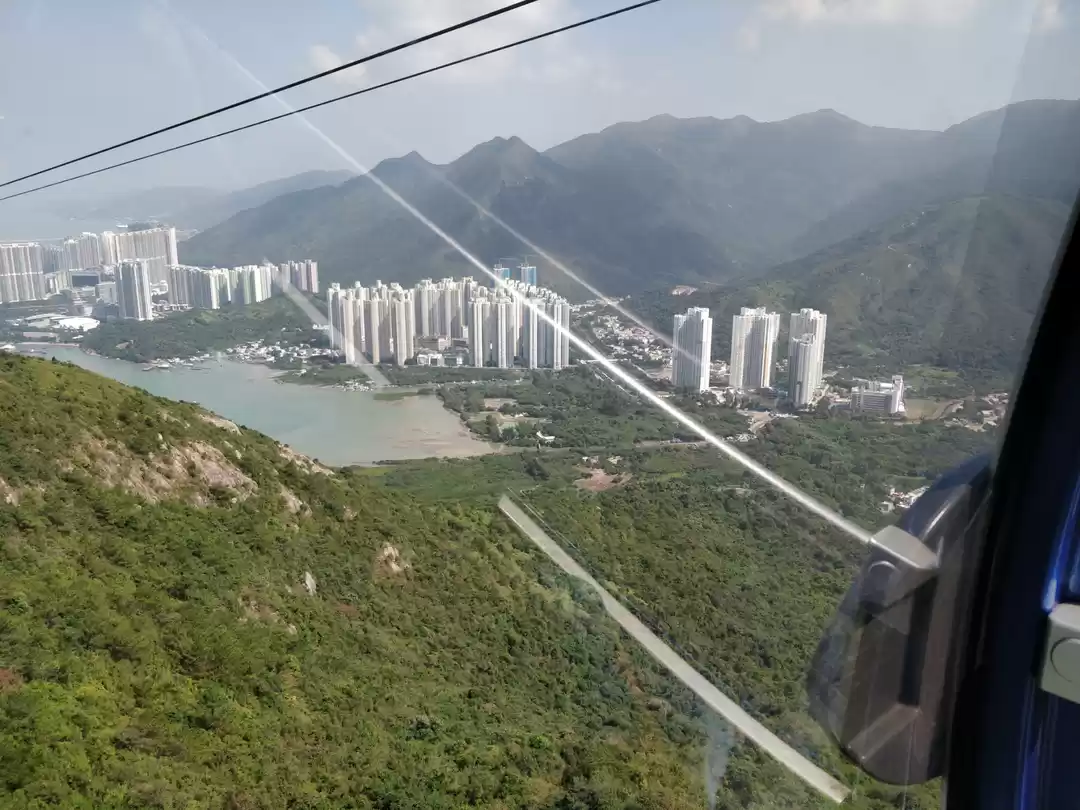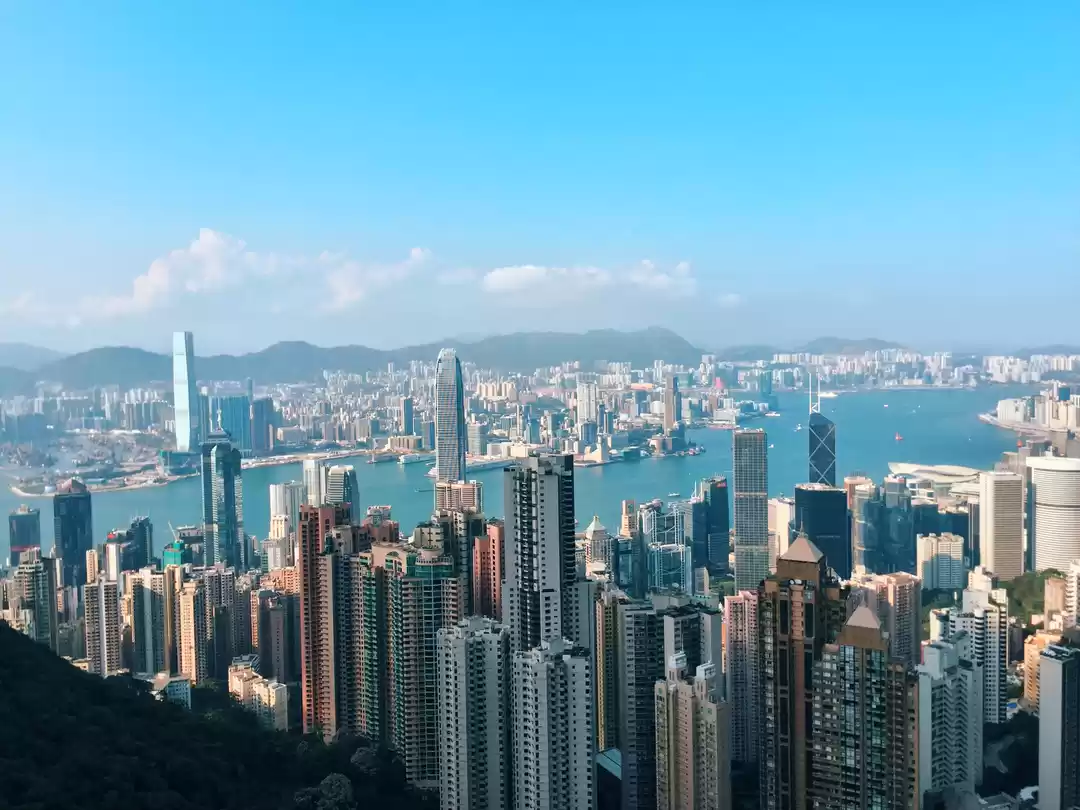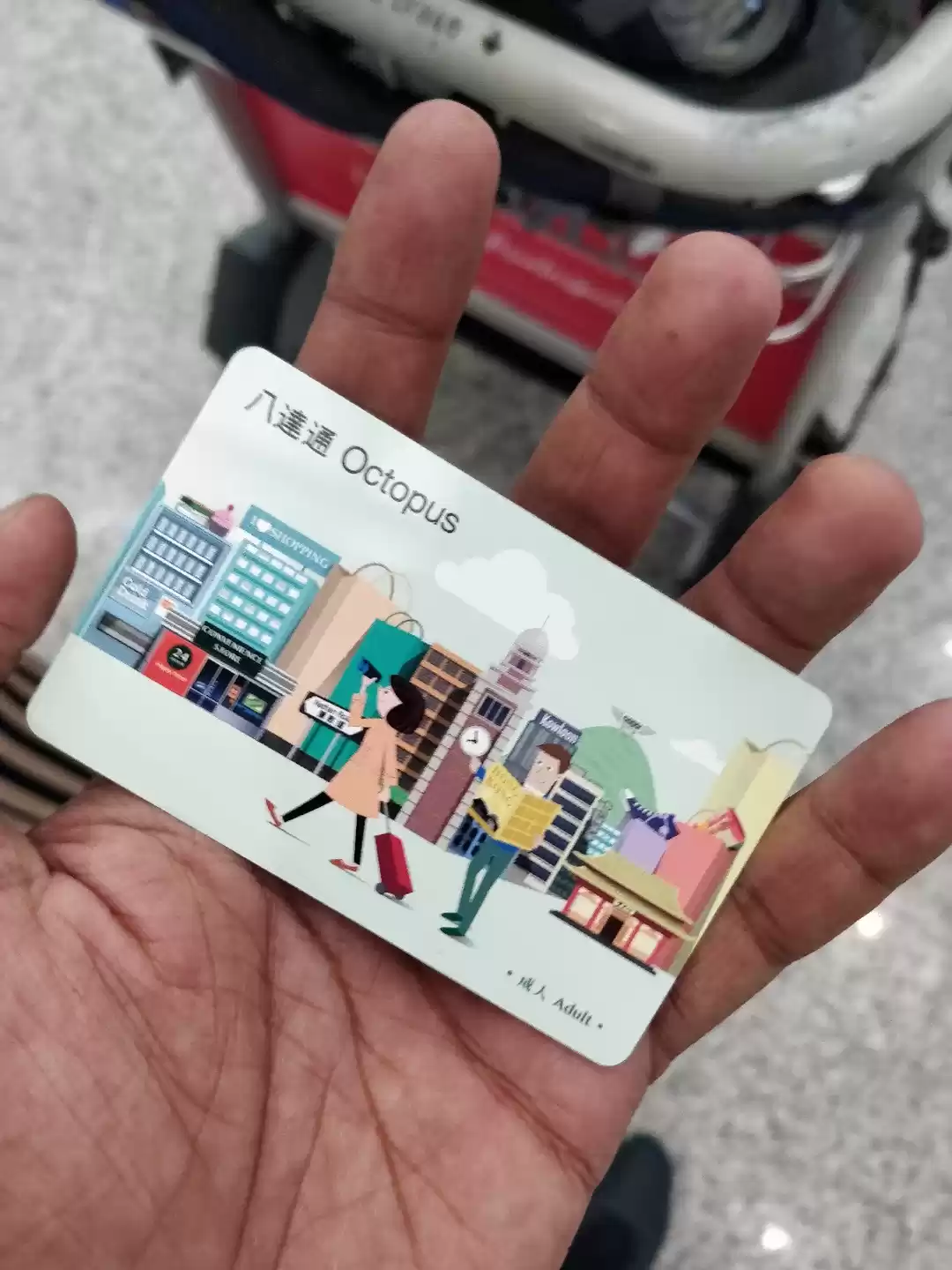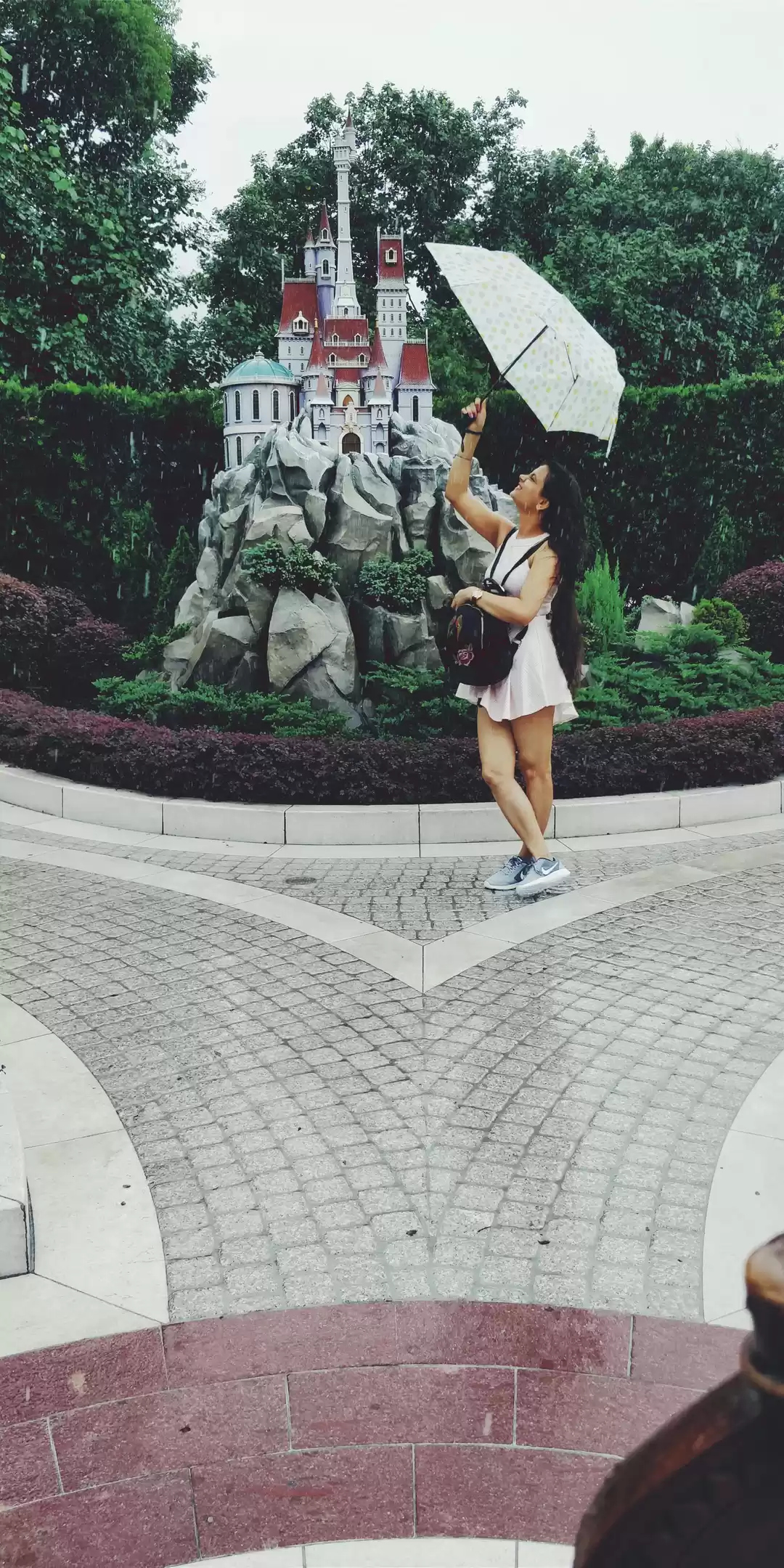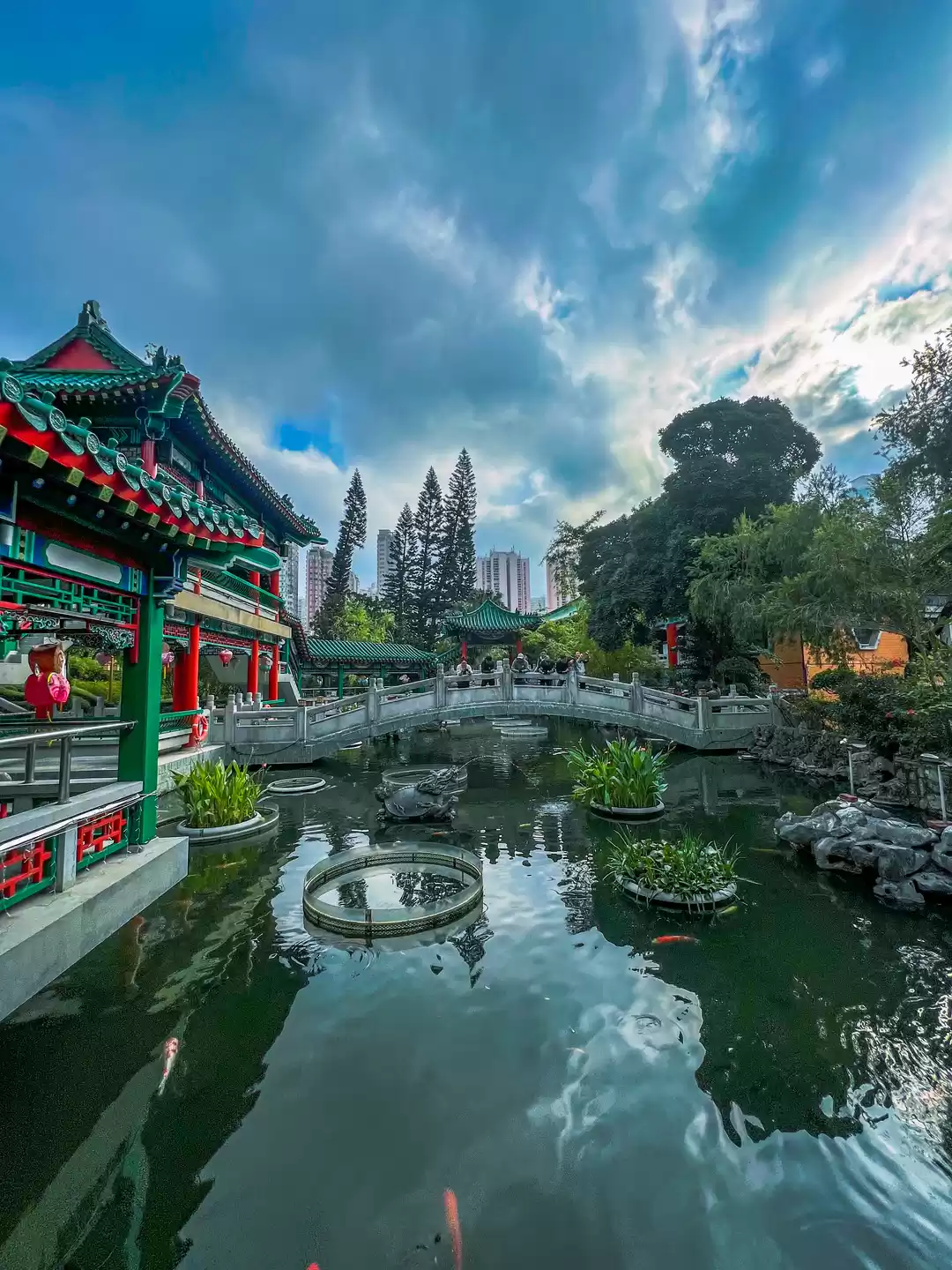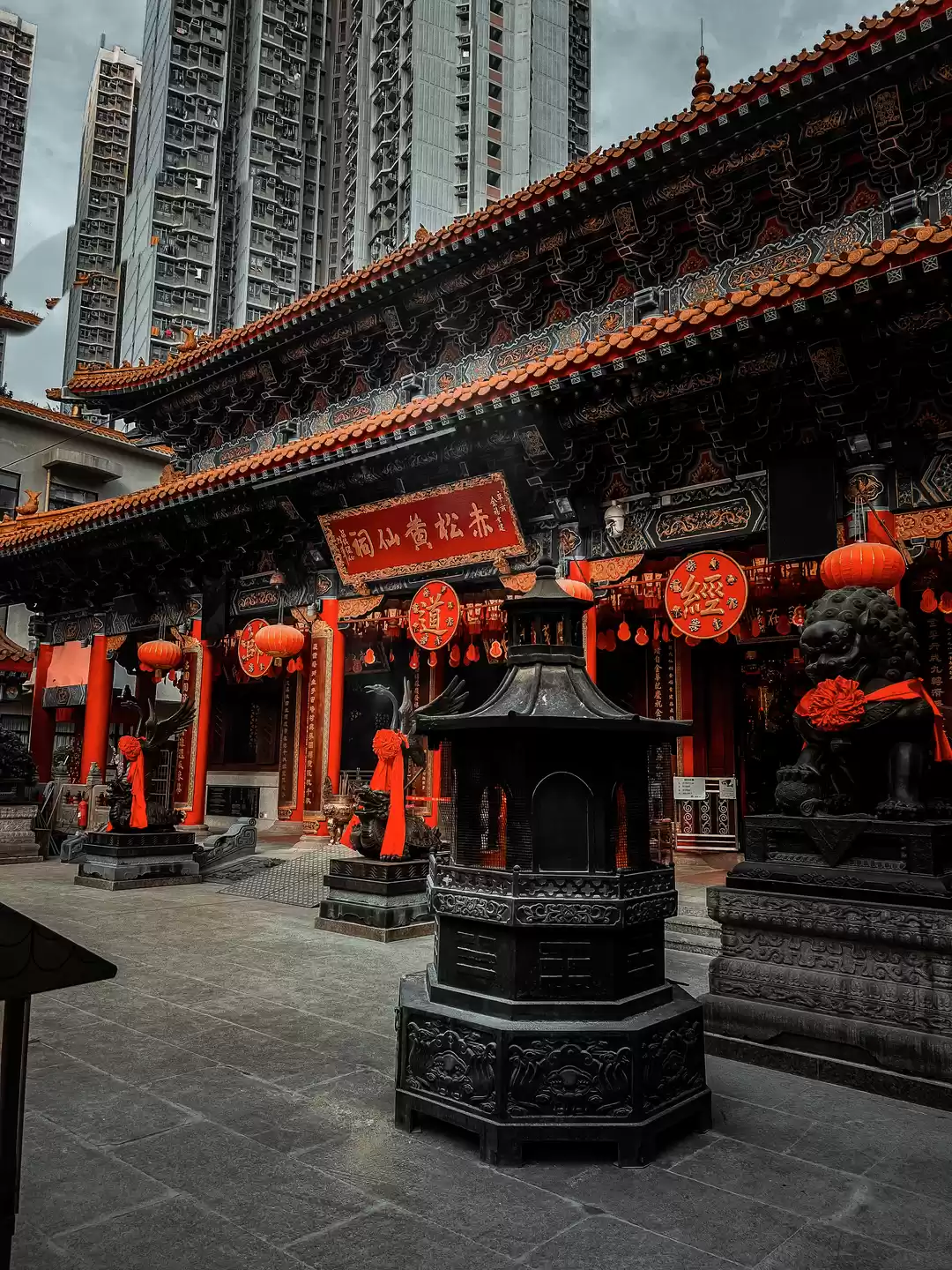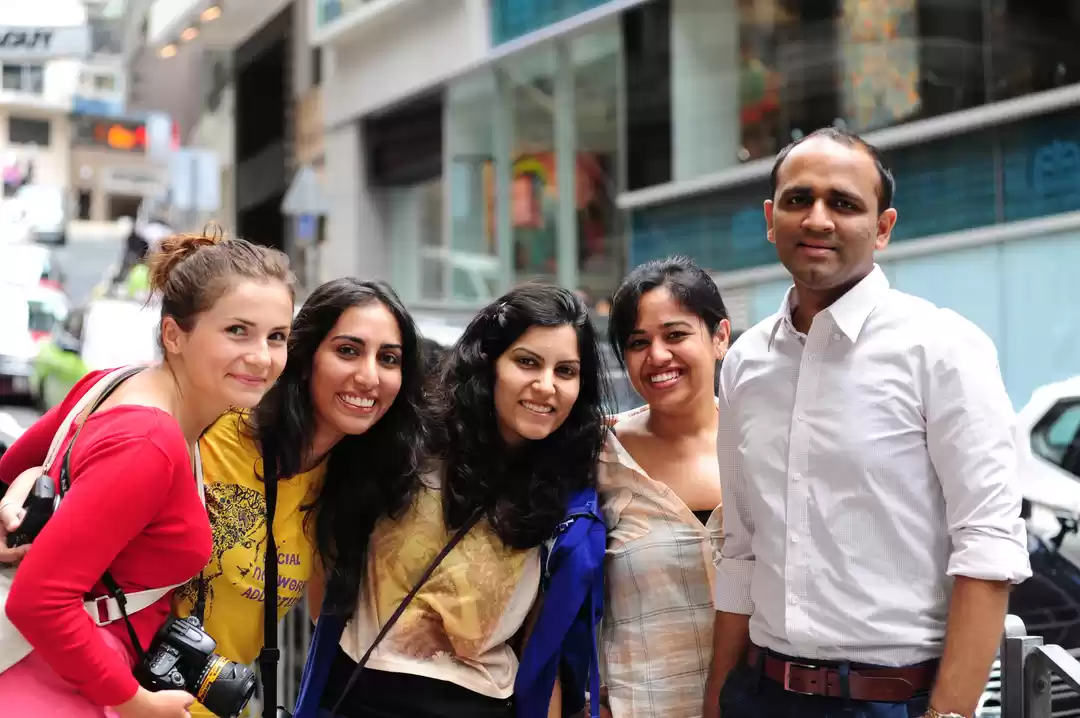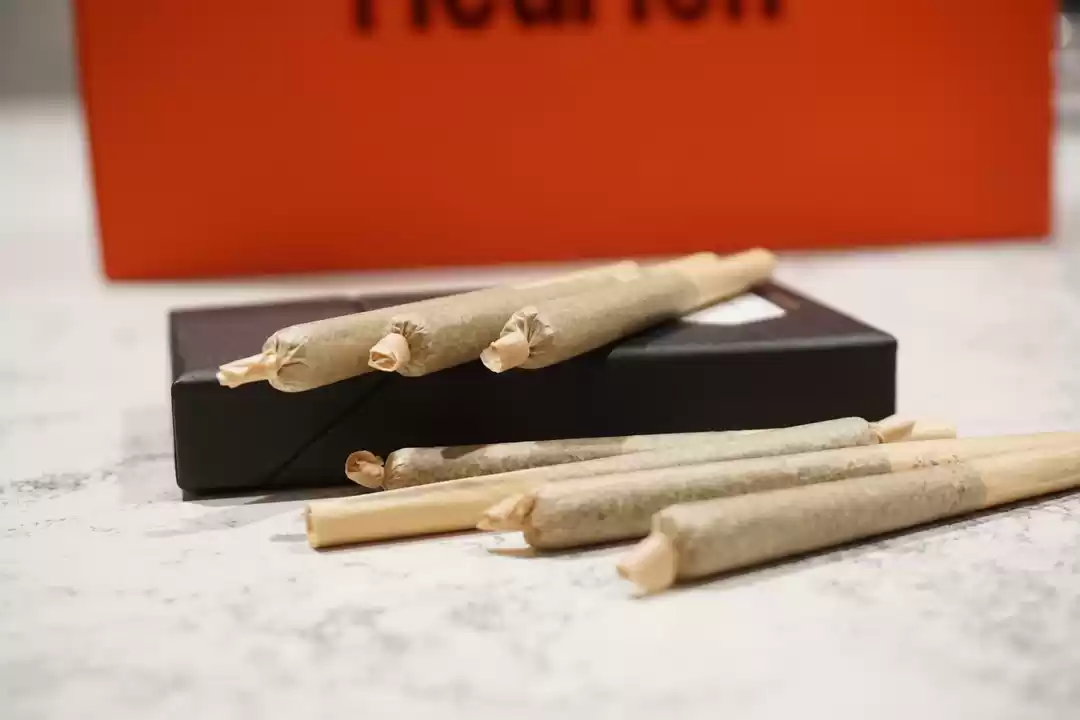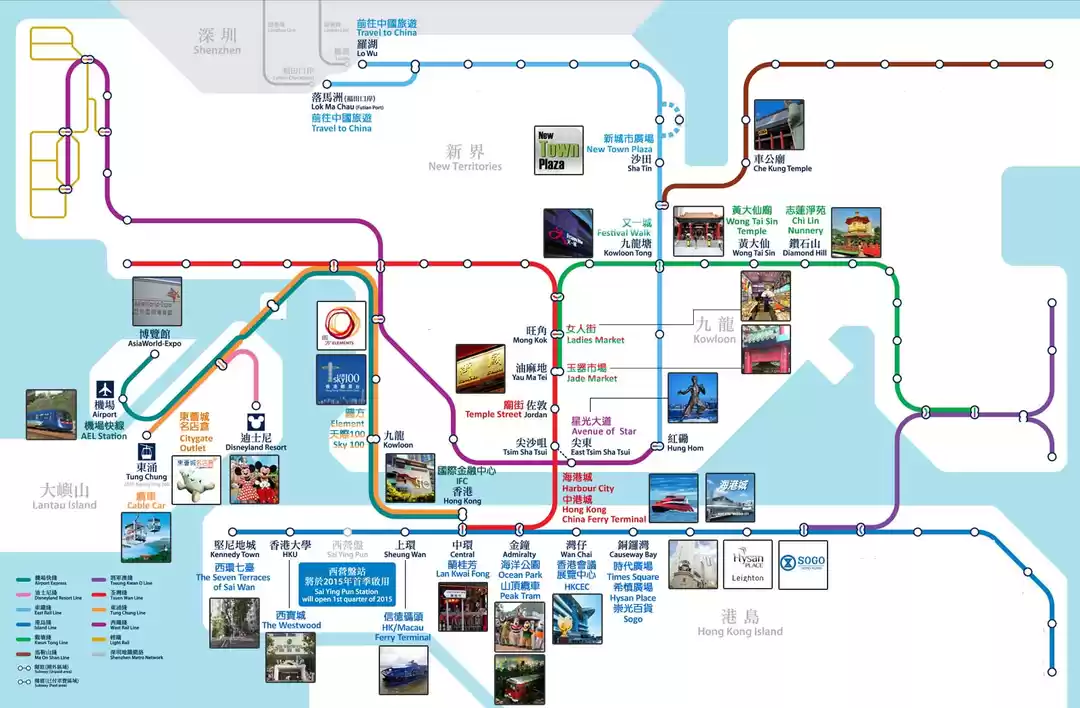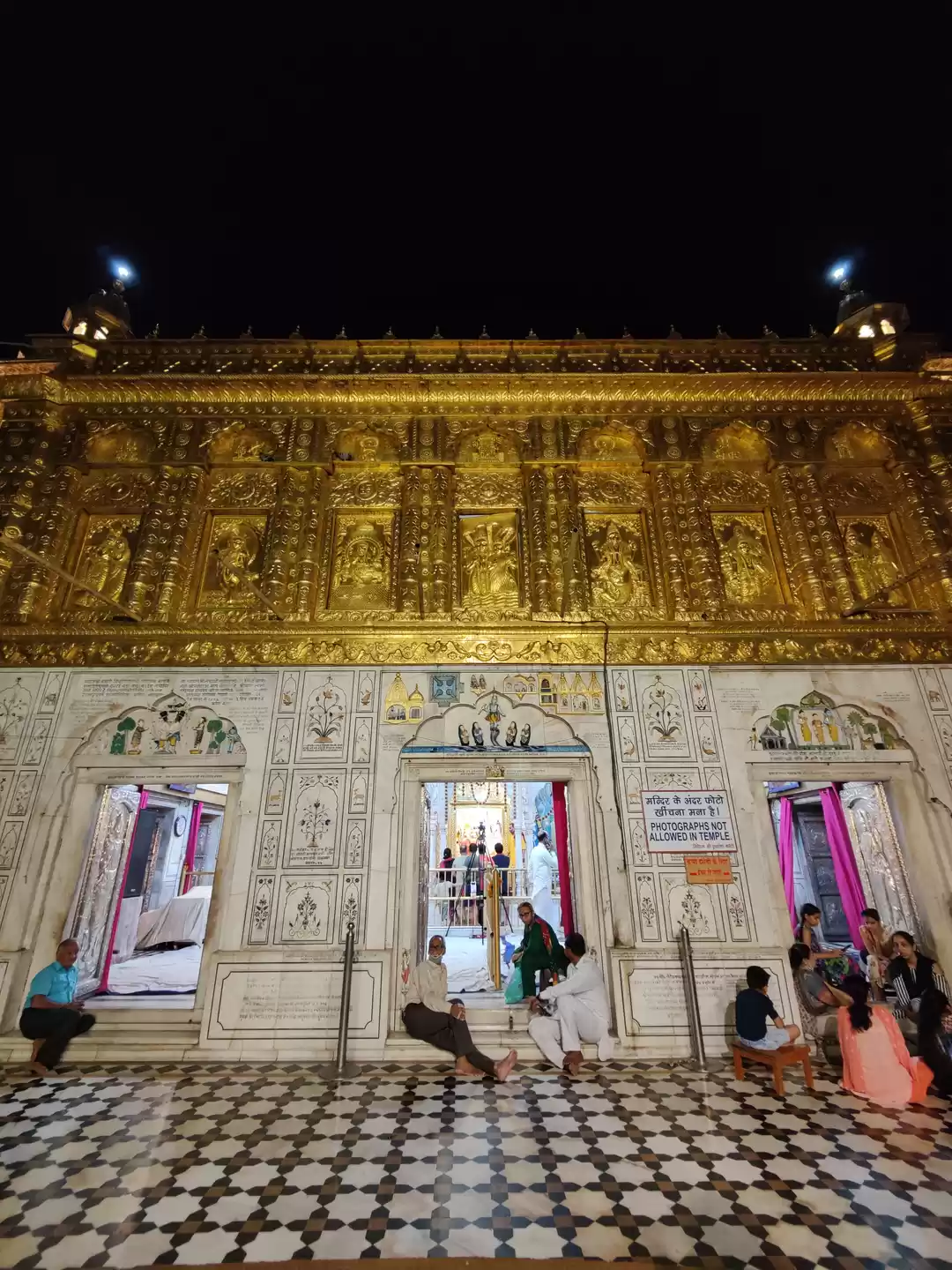If you are looking for a unique and memorable experience in Hong Kong, you should not miss visiting the Wong Tai Sin Temple. This is not just another Chinese temple, but a fascinating and diverse place of worship that showcases the harmony and richness of different religions and cultures. Whether you are interested in history, architecture, or spirituality, you will find something to marvel at and learn from in this temple. In this article, we will guide you through the main features and attractions of the Wong Tai Sin Temple, as well as provide you with some practical information and tips for your visit.
History of Wong Tai Sin Temple
The Wong Tai Sin Temple is named after Wong Tai Sin, also known as the Great Immortal Wong. He was a legendary figure who lived in the 4th century and achieved enlightenment and immortality through Taoist practices. He is revered as a powerful and benevolent deity who can grant any wish and heal any illness. His followers brought his portrait to Hong Kong in the early 20th century and established a private shrine in Kowloon. The shrine gradually grew in popularity and size, and became a public temple in 1921. Since then, the temple has undergone several expansions and renovations, and has become one of the most visited and influential temples in Hong Kong. It attracts millions of pilgrims and tourists every year, especially during the Chinese New Year and the birthday of Wong Tai Sin on the 23rd day of the eighth lunar month.
Architecture of Wong Tai Sin Temple
The Wong Tai Sin Temple covers an area of over 18,000 square meters and consists of several buildings and structures that reflect the traditional Chinese architectural style. The most prominent and impressive feature of the temple is the Nine Dragon Wall, a colorful and intricate mural that depicts nine dragons playing in the clouds. The wall is made of ceramic tiles and is one of the three such walls in the world, the other two being in Beijing and Datong. The wall symbolizes the power and majesty of Wong Tai Sin and protects the temple from evil spirits.
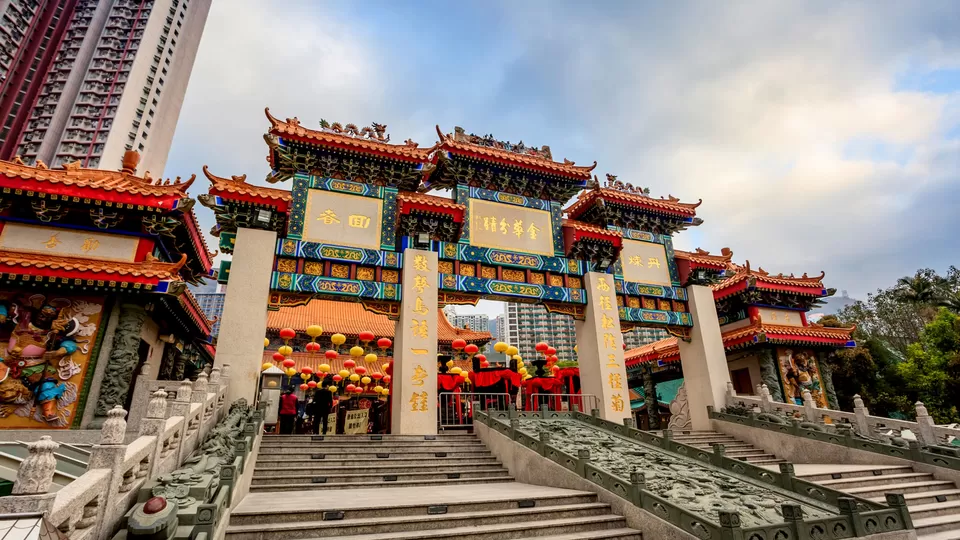
The main hall of the temple is the Sansheng Hall, which houses the portraits of Wong Tai Sin and two other deities: Guan Yu, the god of war and loyalty, and Luo Pin, the god of literature and wisdom. The hall is decorated with red pillars, yellow roofs, and blue friezes, representing the three primary colors of Taoism. The hall is also adorned with lanterns, couplets, and carvings that convey auspicious messages and blessings.
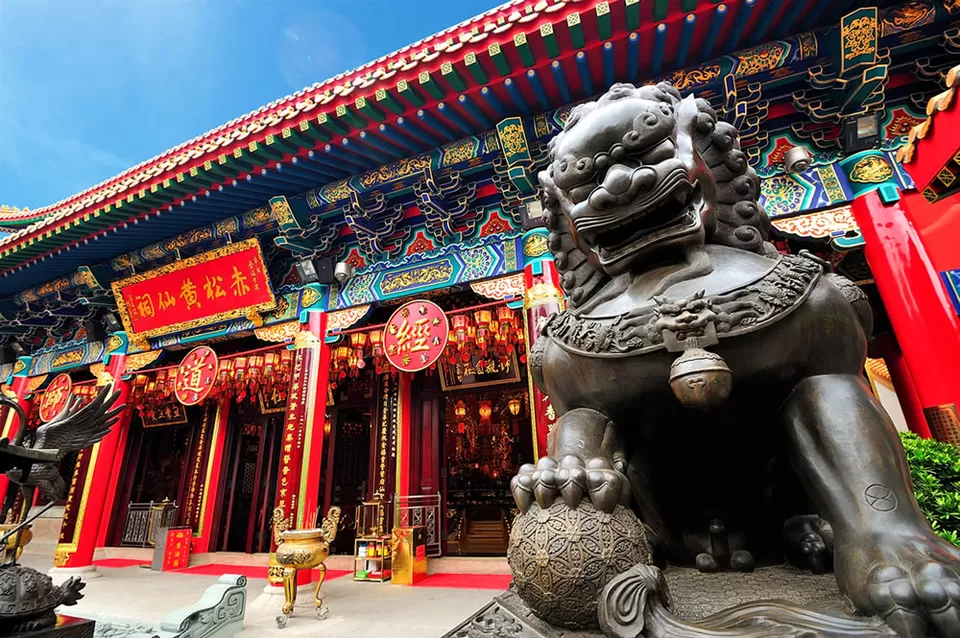
Behind the Sansheng Hall is the Daxiong-baodian, or the Grand Hall of the Great Hero. This is the main worship hall of the temple, where the statue of Wong Tai Sin is enshrined. The hall is surrounded by a bronze fence and guarded by four heavenly kings. The hall is also flanked by two side halls, one dedicated to Confucius, the founder of Confucianism, and the other to Guan Yin, the goddess of mercy and compassion.
One of the most beautiful and serene parts of the temple is the Good Wish Garden, a landscaped garden that features a waterfall, a pond, a bridge, and a pavilion. The garden is designed to resemble the summer palace of Wong Tai Sin in the Kunlun Mountains, where he attained immortality. The garden is a perfect place to relax and enjoy the natural scenery and tranquility of the temple.

Culture of Wong Tai Sin Temple
The Wong Tai Sin Temple is not only a Taoist temple, but also a place where other religions and beliefs are respected and celebrated. The temple embraces the principle of “syncretism of the three religions”, which means that Taoism, Buddhism, and Confucianism are harmoniously integrated and coexist in the temple. The temple also welcomes and accommodates other faiths, such as Christianity and Islam, and has dedicated chapels and prayer rooms for them. The temple is a testament to the diversity and tolerance of Hong Kong’s religious and cultural landscape.
One of the most popular and distinctive activities in the temple is the fortune telling, or kau chim. This is a traditional method of divination that involves shaking a bamboo cylinder containing numbered sticks until one falls out. The number on the stick corresponds to a poem or a message that reveals the answer or guidance to the person’s question or wish. The person can then consult a fortune teller in the temple to interpret the meaning of the message. Many people believe that the fortune telling in the Wong Tai Sin Temple is very accurate and reliable, and some even claim that their wishes have come true after visiting the temple.
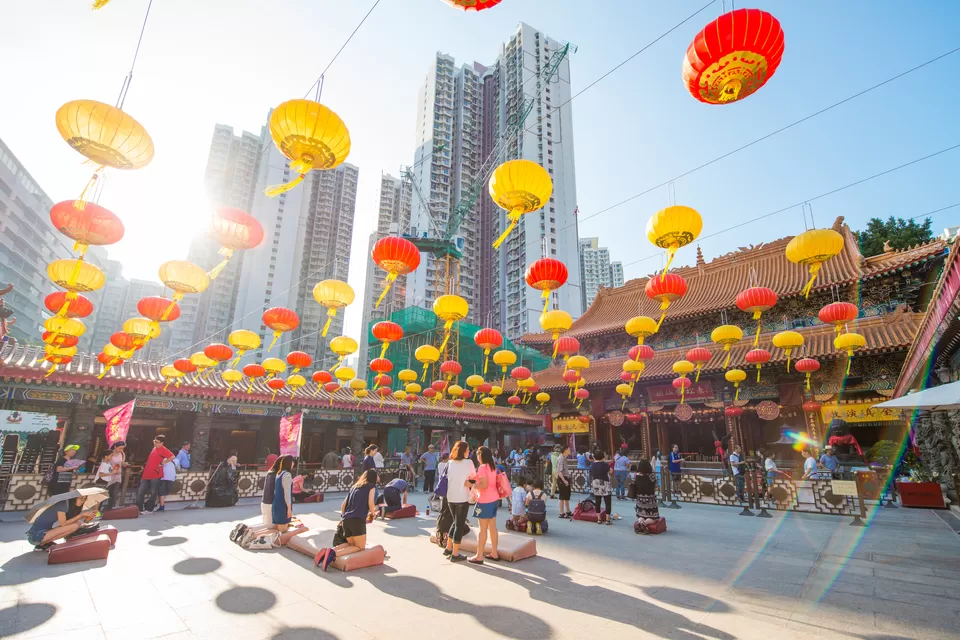
Another common practice in the temple is the incense burning. This is a way of showing respect and gratitude to the deities and ancestors, as well as seeking their protection and favor. The temple provides three types of incense: spiral incense, stick incense, and joss paper. The spiral incense is hung from the ceiling and can burn for several days, representing long-lasting blessings. The stick incense is inserted into the incense burners and can burn for a few hours, representing immediate prayers. The joss paper is burned in the furnaces and can burn for a few minutes, representing offerings and sacrifices.
The temple also offers various offerings to the deities and the worshippers, such as fruits, flowers, candles, and food. The offerings are meant to express gratitude and devotion, as well as to receive blessings and favors. The temple also sells souvenirs and amulets, such as pendants, bracelets, and statues, that are believed to bring luck and prosperity to the buyers.
How to Visit Wong Tai Sin Temple
If you are interested in visiting the Wong Tai Sin Temple, here are some practical information and tips for your trip:
How to get there:
The easiest and fastest way to get to the temple is by taking the MTR (Mass Transit Railway) to the Wong Tai Sin Station on the Kwun Tong Line. The temple is just a few minutes’ walk from the station. You can also take a bus, a taxi, or a minibus to the temple, but be aware of the traffic and the fares.
Opening hours:
The temple is open daily from 7:00 am to 5:30 pm. The best time to visit the temple is in the early morning or late afternoon, when the temple is less crowded and more peaceful. Avoid visiting the temple during the Chinese New Year and the birthday of Wong Tai Sin, when the temple is extremely busy and noisy.
Entrance fee:
The temple is free to enter, but you may need to pay for some services or activities, such as the fortune telling, the incense burning, or the souvenirs. The prices vary depending on the type and quality of the service or product, but they are usually affordable and reasonable.
Dress code:
The temple does not have a strict dress code, but you should dress modestly and respectfully, as you are entering a sacred and holy place. Avoid wearing revealing, offensive, or inappropriate clothing, such as shorts, skirts, tank tops, or hats. You should also remove your shoes before entering some of the halls or chapels, as a sign of respect and cleanliness.
Top 10 things to do in Hong Kong
If you are looking for more things to do and see in Hong Kong, here are some suggestions for you:
1. Visit the Victoria Peak, the highest point in Hong Kong, and enjoy the stunning panoramic view of the city and the harbor.
2. Experience the Star Ferry, the iconic and historic ferry service that connects Hong Kong Island and Kowloon, and admire the skyline and the waterfront.
3. Explore the Tsim Sha Tsui, the vibrant and bustling district that offers a variety of shopping, dining, entertainment, and cultural options.
4. Discover the Lantau Island, the largest and most scenic island in Hong Kong, and visit the attractions such as the Big Buddha, the Po Lin Monastery, and the Ngong Ping 360 cable car.
5. Enjoy the Hong Kong Disneyland, the first and only Disney theme park in China, and have fun with the rides, shows, and characters.
6. Experience the Ocean Park, the largest and most popular marine-themed park in Asia, and see the animals, exhibits, and attractions.
7. Learn about the Hong Kong Museum of History, the comprehensive and interactive museum that showcases the history, culture, and heritage of Hong Kong.
8. Appreciate the Hong Kong Museum of Art, the largest and most prestigious art museum in Hong Kong, and see the collections, exhibitions, and programs.
9. Relax at the Kowloon Park, the largest and most beautiful park in Kowloon, and enjoy the facilities, activities, and events.
10. Taste the Hong Kong cuisine, the diverse and delicious food that reflects the fusion of Chinese and Western influences, and try the specialties such as dim sum, roast goose, egg waffles, and milk tea.
The Wong Tai Sin Temple is a must-see attraction for anyone who visits Hong Kong. It is not only a place of worship, but also a place of learning, culture, and beauty. It offers a unique and unforgettable experience that will enrich your understanding and appreciation of Hong Kong’s religious and cultural diversity. Whether you are looking for a spiritual journey, a historical adventure, or a cultural exploration, you will find it in the Wong Tai Sin Temple. We hope that this article has given you a comprehensive and helpful guide to the temple and its attractions.
If you have any questions or feedback, please feel free to leave a comment below. We would love to hear from you and help you plan your trip to Hong Kong. Thank you for reading and happy travels!



